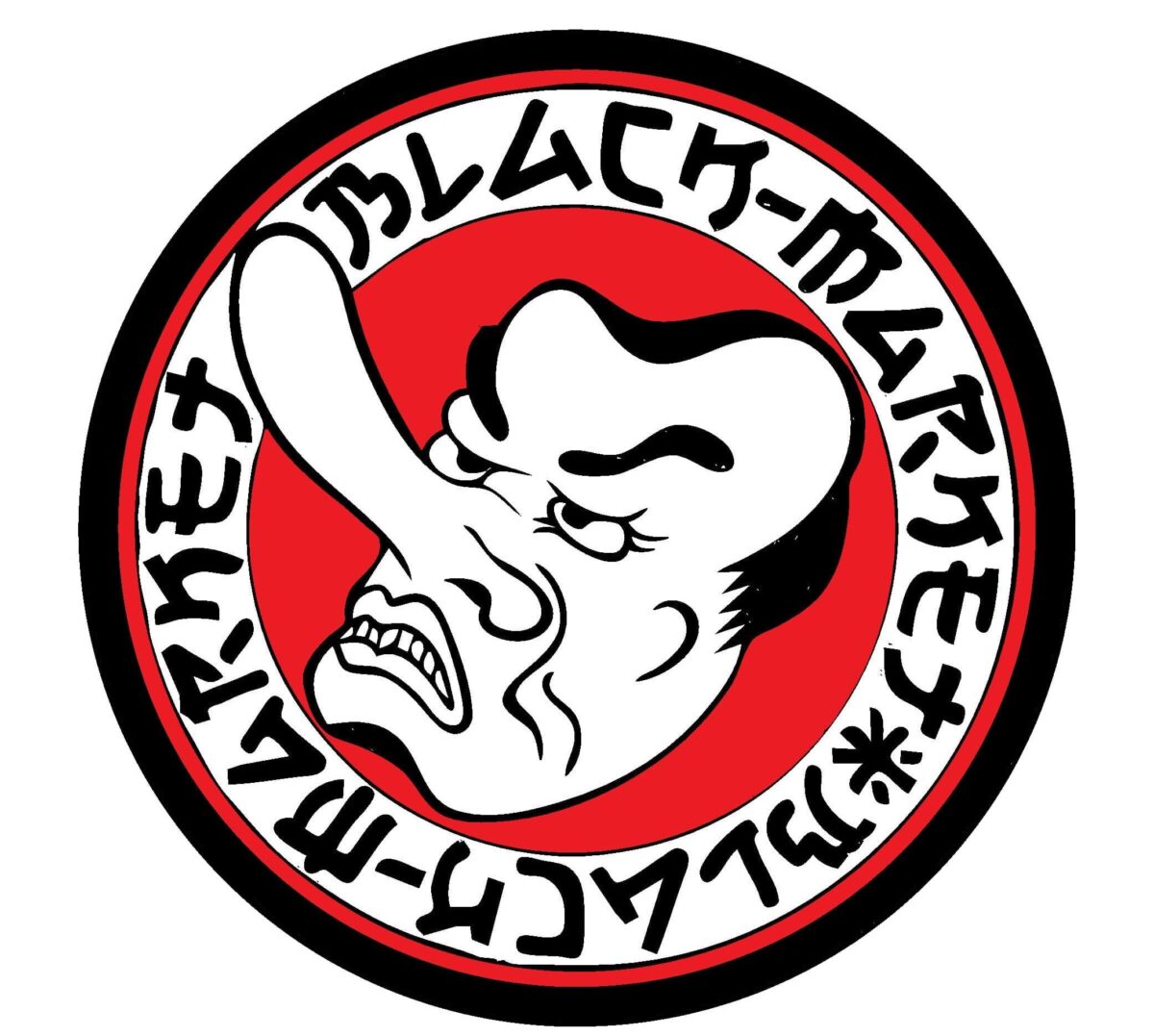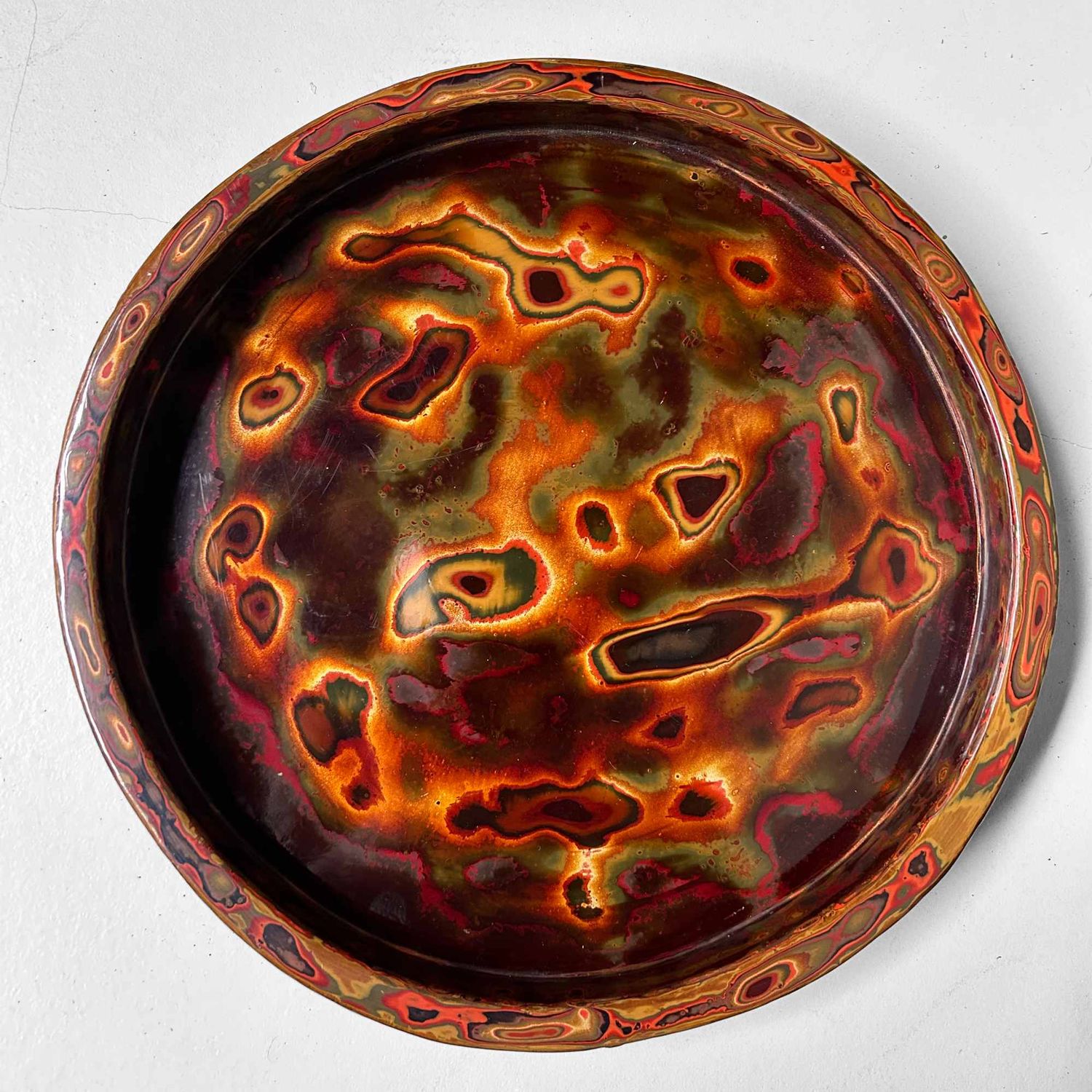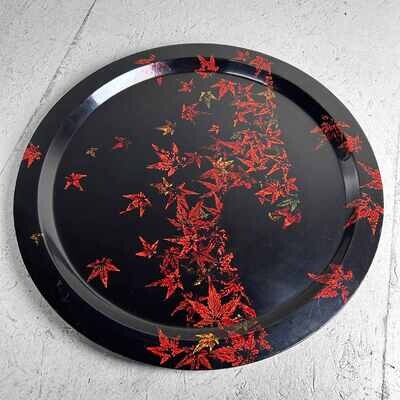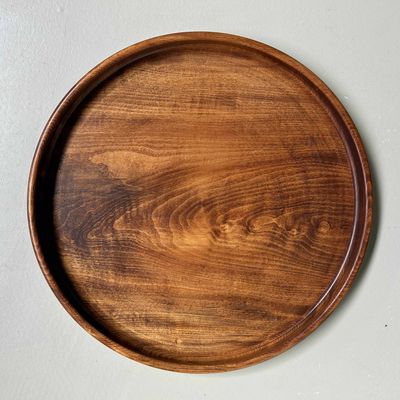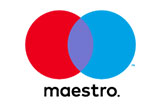Japanese Tsugaru Nuri Tray, Shōwa Period.
A beautiful Japanese tray from the Aomori prefecture, dating back to the 1950s.
Dimensions: 4 cm high, diameter 35 cm.
This tray is adorned with a vibrant and 'speckled' pattern, achieved through Tsugaru-nuri, a traditional and highly labor-intensive lacquer technique from Japan. Tsugaru-nuri is sometimes referred to as 'the lacquerwork of the fool' due to the immense time and dedication required for each piece.
The rim of the tray reveals the texture of the various layers of resin, while the underside is finished just as beautifully as the top.
Adding a touch of traditional Japanese aesthetics to any interior, this tray serves as an original decorative accent.
Tsugaru-nuri begins with 48 base layers, each of which must fully dry before progress can be made. Then, the pattern layers are painted. To achieve the distinctive Kara-nuri pattern, a spatula-like tool called a shikake-bera is used to apply the resin. Finally, multiple layers of surface coatings are applied and left to dry.
Once the application of the surface layers is complete, the pattern is brought forward by carefully sanding and polishing with wet sandpaper. The end result is a beautifully speckled pattern with depth and luster. The entire process, from start to finish, can take more than 60 days.
